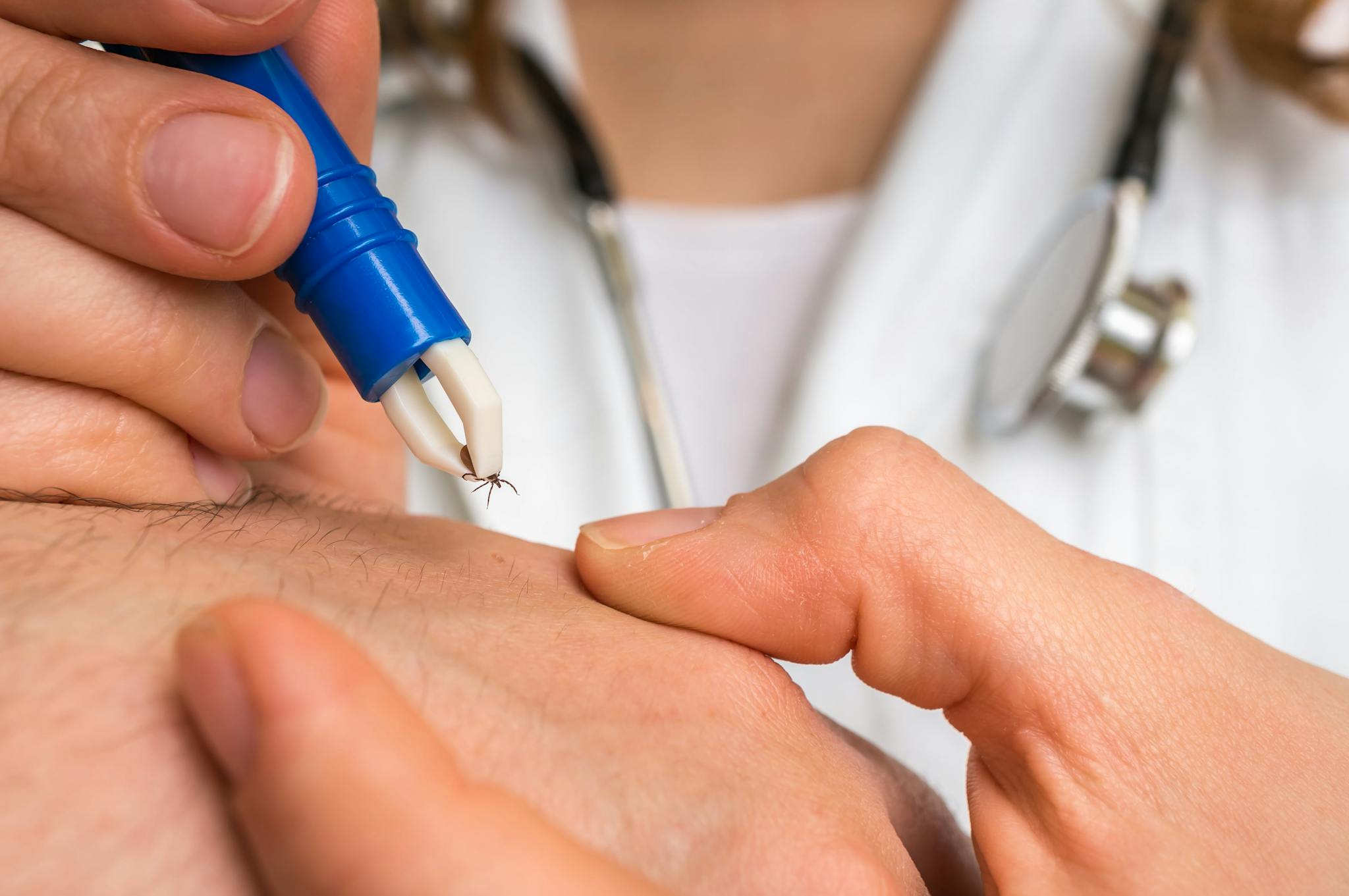
2025-06-10T13:54:10
Understanding Skin Grafts
- Dermatology
- Family Medicine
- Internal Medicine
- Orthopedics
May 9, 2019 | Family Medicine
Specialties:Behavioral Health • Family Medicine • Internal Medicine

Lyme disease is an infection that affects multiple systems in the body. It is carried by deer ticks and can cause a variety of symptoms. Lyme disease is a common arthropod-borne illness (meaning coming from insects), with about 30,000 cases reported annually to the Centers for Disease Control and Prevention (CDC). More cases appear in the northeast and upper mid-west, but cases have appeared throughout the United States. Not all ticks carry the Lyme disease bacteria, but if you do have a tick bite and notice symptoms, seek medical attention.
Even if deer ticks aren’t common where you live, it’s still important to know the symptoms of Lyme disease, especially if you plan on traveling.
Many people overlook the early symptoms of Lyme disease because they can be mild. These symptoms generally occur 3 to 30 days after a tick bite:
People who have a sun-tan or have dark skin may have a dark bruise instead of a rash. As the infection progresses, symptoms may get much worse and include:
Symptoms of Lyme disease mimic other illnesses, which is another reason that Lyme disease is difficult to diagnose.
Lyme disease is carried by deer ticks. When a deer tick bites you, it leaves Borrelia burgdorferi, a bacterium that travels through your bloodstream and attacks the skin, joint and nervous system. Generally, Lyme disease is more common in those who spend a lot of time outdoors.
Deer ticks like to inhabit tall grass and brush, but any natural area with vegetation could have deer ticks. Deer ticks also won’t fly or jump onto you. Instead, you usually have to come into direct contact with a tick.
Ticks prefer protected areas of your body, like the armpit, back of the knee, groin or navel. When working or playing in nature, take precautions to avoid ticks:
If you do see a tick on your skin, don’t panic. Instead:
Lyme disease is typically treated with antibiotics, such as doxycycline or amoxicillin. Most people who get treatment recover rapidly and completely. However, treatment may be more complicated when the disease has progressed. Your healthcare provider will have to personalize treatment based on your health conditions, medical history, allergies and symptoms. Some people do have fatigue and muscle aches for six months or more after treatment.
If you are concerned about a tick bite, talk to your healthcare provider about your symptoms.
“Lyme Disease.” American Lyme Disease Foundation. Inc.
https://www.aldf.com/lyme-disease/
“Signs and Symptoms of Untreated Lyme Disease.” Centers for Disease Control and Prevention.
https://www.cdc.gov/lyme/signs_symptoms/index.html
“Tick Removal.” Centers for Disease Control and Prevention.

WRITTEN BY:
The Live Better Team

2025-06-10T13:54:10

2025-04-24T14:00:43

2025-03-10T14:24:39

2025-01-21T10:28:42
This information is not intended to replace the advice of a medical professional. You should always consult your doctor before making decisions about your health.